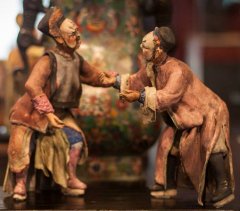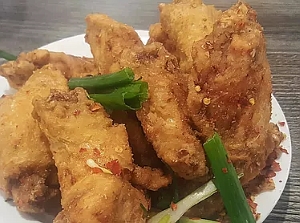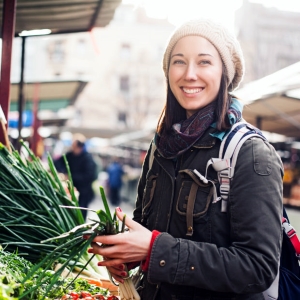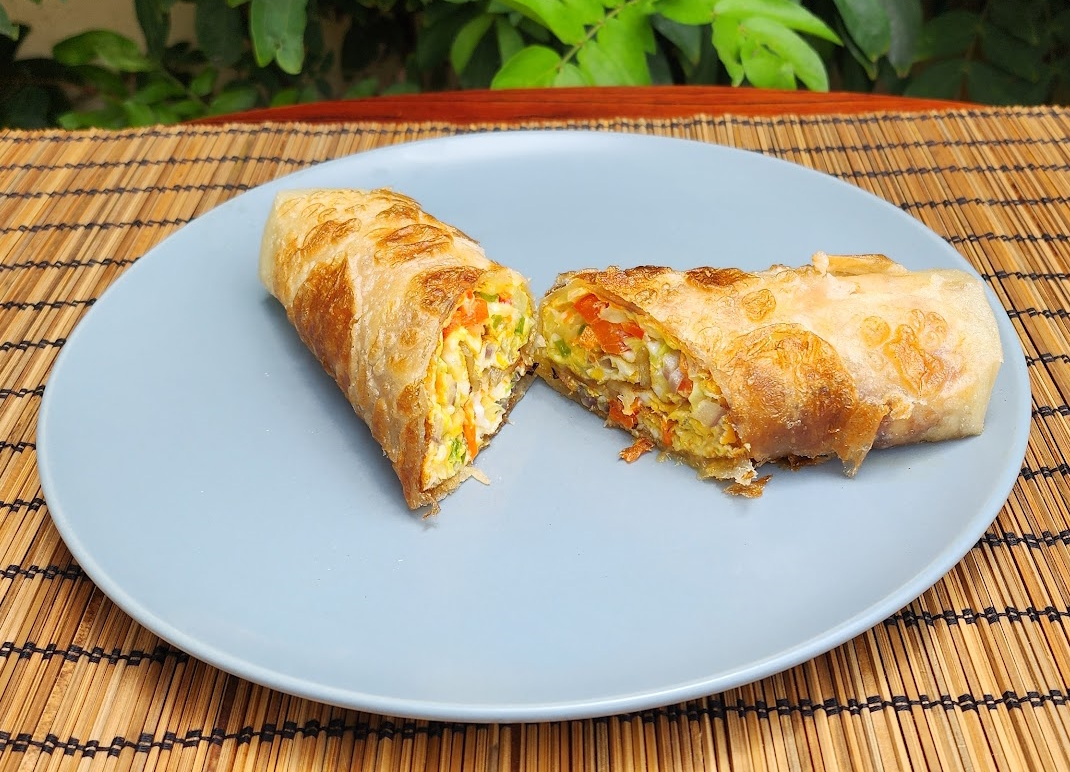 |
A stone's throw from the Gaslamp Quarter, on the corner of 3rd Avenue and J Street, lies the San Diego Chinese Historical Museum. The museum offers San Diegans an artifactual, pictorial and interactive look into the history of San Diego's Chinese-American inhabitants. Admission is an affordable $2. The museum features numerous cultural, historical and artistic displays as well as regularly held educational programs for children and adults. For a small extra fee the museum also offers docent-lead tours of the permanent collection and featured exhibits as well as tours of the remnants of San Diego's former Chinatown. |
- Details
- Hits: 2211
|
Juneteenth, a holiday that commemorates the freeing of slaves in America, has been celebrated by Black Americans since news of emancipation reached the last slaves to be freed in Galveston, Texas in 1865. Despite the holiday's historic importance, it has never been widely recognized in the U.S. However, that appears to be changing, as calls to recognize Juneteenth on a larger scale have emerged against the backdrop of the murder of George Floyd. By Ian A. Lutz |
- Details
- Hits: 1903
- Details
- Hits: 2035
 |
(No tours currently because of the pandemic) Join Wild Foodie Tours to savor the vibrant and diverse cuisines of the region and discover some of the best Chinese, Mexican and Filipino food in San Diego!
Dates and times: Ongoing from now until January 30, 2020 |
- Details
- Hits: 2346

Become a master chef all while discovering Little Italy's charming mercato - a bustling, open-air farmers market. In the company of our guide, you'll meet the local characters from the neighborhood at the market. Immerse yourself in Little Italy's authentic flavors and aromas. By the end of your market stroll, you'll know where to find the best sun-kissed tomatoes in town.
Your chef-guide is Italian-born Californian. His inside connections with local vendors will give you access the freshest food in town. First, we'll select together authentic Italian ingredients at the mercato. Along the way, you'll hear about the history of Little Italy and Italian cuisine. You'll then partake in a cooking lesson and meal in our Italian chef's home!
With your Italian chef, you'll prep 3 dishes from scratch. The menu will vary based on what's seasonal. You'll learn to prep 1 appetizer and 2 main courses
- Details
- Hits: 2118
Joomla!
Extensions
The Joomla! content management system lets you create webpages of various types using extensions. There are 5 basic types of extensions: components, modules, templates, languages, and plugins. Your website includes the extensions you need to create a basic website in English, but thousands of additional extensions of all types are available. The Joomla! Extensions Directory is the largest directory of Joomla extensions.
Components
Components are larger extensions that produce the major content for your site. Each component has one or more "views" that control how content is displayed. In the Joomla administrator there are additional extensions such as Menus, Redirection, and the extension managers.
Modules
Modules are small blocks of content that can be displayed in positions on a web page. The menus on this site are displayed in modules. The core of Joomla! includes 24 separate modules ranging from login to search to random images. Each module has a name that starts mod_ but when it displays it has a title. In the descriptions in this section, the titles are the same as the names.
Content Modules
Content modules display article and other information from the content component.
User Modules
User modules interact with the user system, allowing users to login, show who is logged-in, and showing the most recently registered users.
Display Modules
These modules display information from components other than content and user. These include weblinks, news feeds and the media manager.
Utility Modules
Utility modules provide useful functionality such as search, syndication and statistics.
Navigation Modules
Navigation modules help your visitors move through your site and find what they need.
Menus provide your site with structure and help your visitors navigate your site. Although they are all based on the same menu module, the variety of ways menus are used in the sample data show how flexible this module is.
A menu can range from extremely simple (for example the top menu or the menu for the Australian Parks sample site) to extremely complex (for example the About Joomla! menu with its many levels). They can also be used for other types of presentation such as the site map linked from the "This Site" menu.
Breadcrumbs provide users with information about where they are in a site.
Page 26 of 29











